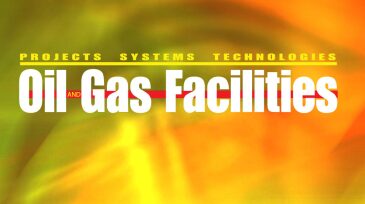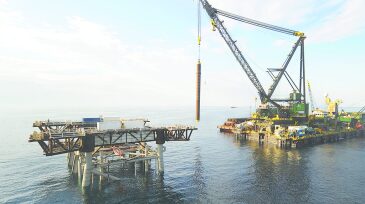Processing systems/design
This paper reviews lean construction management processes adopted in the Apani Field development, from facility design to construction management and drilling-location preparation.
In this final installment of the Savvy Separator Series (No. 23), the authors present a curated collection of recommended references, articles, and other key resources—a comprehensive guide worth reading, bookmarking, and keeping in your library.
Short on skilled welders? For complex jobs like pressure-vessel seams, automation could be the key to keeping production safe, accurate, and on schedule.
-
The paper presents and discusses a solution for immersive training of industrial operators that allows experiencing the multifaceted scenarios of real-plant operations.
-
High H2S and CO2 content in natural gas pose significant challenges to processing equipment. This article explores the challenges of sulfur removal and high pressures in the presence of acid gas.
-
A project spearheaded by ExxonMobil, Shell, Chevron, and the Southwest Research Institute (SwRI) has been established to advance separation technology through improved testing methods and collaboration between users and suppliers.
-
The world's first full-scale subsea gas compression system is the final stages of construction and is on schedule to be installed in the Åsgard gas field offshore Norway by year's end.
-
The discrepancy between crude and natural gas prices and estimates of increasing natural gas reserves are driving companies to study small-scale gas-to-liquids plants that can tie in multiple sources or stranded gas for a greater profit.
-
A single-step cryogenic-distillation process that removes carbon dioxide (CO2), hydrogen sulfide (H2S), and other impurities from natural gas has been developed by ExxonMobil.
-
Tube leaks present in a water-cooled sulfur recovery unit (SRU) condenser can lead to a variety of process issues, including corrosion and the oxidative formation of acidic species. This work devised a novel method to verify such leaks within a SRU condenser.
-
In gas applications with high-pressure drops and/or high-velocity gas flow, acoustic-induced vibration (AIV) occurs when very high sound levels are propagated in piping. This can induce fatigue cracking of the pipe and potentially catastrophic pipe failure.
-
Setting optimal surface separation pressures are crucial for maximizing the surface liquid production from the wellstream feed. Where separator tests are not available, empirical calculations are often used, but with limitations. A method suitable across many conditions is proposed.
-
Issues associated with mercury’s presence in hydrocarbon processing systems have become more apparent as deeper and hotter reservoirs (often with higher levels of mercury) were exploited, and with the low-temperature gas processing used for liquefied natural gas (LNG) and natural gas liquids.













